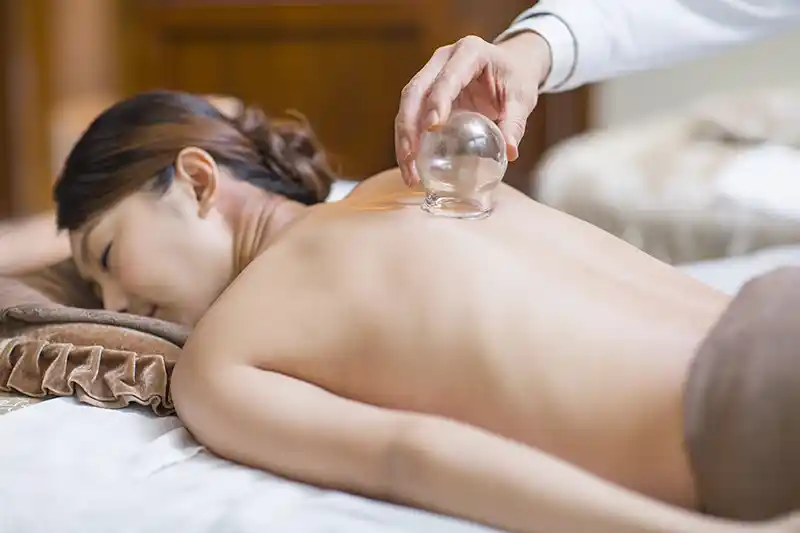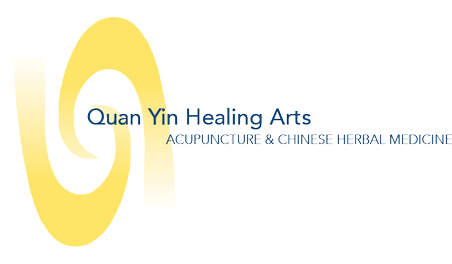Cupping
Cupping is an ancient, traditional therapy used worldwide to treat pain, respiratory illness and other conditions. It is possible that it originated in China or the Middle East, but many cultures have used cupping throughout the ages to treat disease and promote health.
Cupping in Chinese Medicine
In Chinese medicine, cupping is a therapy designed to stimulate the flow of blood and Qi within the superficial muscle layers. Cupping promotes the circulation of blood and fluids in the body, reducing pain and inflammation. Increased circulation allows blood to flow into the stuck and painful area, bringing nutrients to that area and removing inflammation and toxins.
 What is Cupping Used For?
What is Cupping Used For?
Cupping is used for many ailments, including:
- Sore muscles
- Tension
- Back Pain
- Pain in the neck and shoulders
- Respiratory illnesses with congestion in the chest
- Asthma
- Certain cases of infertility
- Menstrual pain.
- Injuries with swelling and bruising
- Arthritis, including Rheumatoid arthritis
What are the Cups Made of?
Most practitioners use cups made of glass or plastic. Glass cups require a flame to create the vacuum inside the cup. Plastic cups have a valve and a pump to pump the air out of the cup once it is placed on the body. Karen uses glass cups in her sessions. Traditionally cups were made of other materials, including bamboo, ceramic, metal and, more modernly, silicone.
How is Cupping Performed?
Small cups are placed over specific areas of the body after a vacuum is created. For glass cupping, the oxygen is removed from the cup with a flame created with an alcohol-soaked cotton ball. This burns the oxygen out of the cup, creating a vacuum inside the cup.
Once the cups are placed on the skin, the vacuum draws the skin up into the cup. If lubrication was applied beforehand, the cups may be moved over an area to provide a stretching massage. Otherwise, they are left in one spot. One or more cups may be applied at a time.
The cups are left on the body for 5-10 minutes, sometimes longer. If cupping was an indicated therapy, reddish or purple marks would often be left on the skin where the cups had been placed.
This slight discoloration is expected, a sign of good effect, and will dissipate within a day to a week.
Wet Cupping
For certain situations, like an injury with a lot of dark blood and bruising, cupping may be done to draw out the stuck blood intentionally. This is called wet cupping and is done by using a lancet to pierce the skin and then applying the cups to draw out excess blood. This can quicken the healing process.
What to Expect After Cupping
Many people experience a profound effect of pain relief and loosening of tightness immediately after cupping. You may notice an increased range of motion and deep relaxation of tight muscles. There may be some soreness, but it should not last.
Occasionally, if a person has a lot of fluid in their skin, the cupping may draw out a water blister. If this happens, the blister should not be popped, but should be allowed to resolve naturally. If the blister does pop, cover it with a bandage and keep it clean to avoid infection.
After cupping, allow yourself to rest. Please do not engage in physical activity for 24 hours, keep the area covered and do not expose it to wind, cold, or excessive heat. Eat a moderate diet, avoiding very spicy or very greasy foods.

